Unraveling the Confusion about Thinking and Feeling
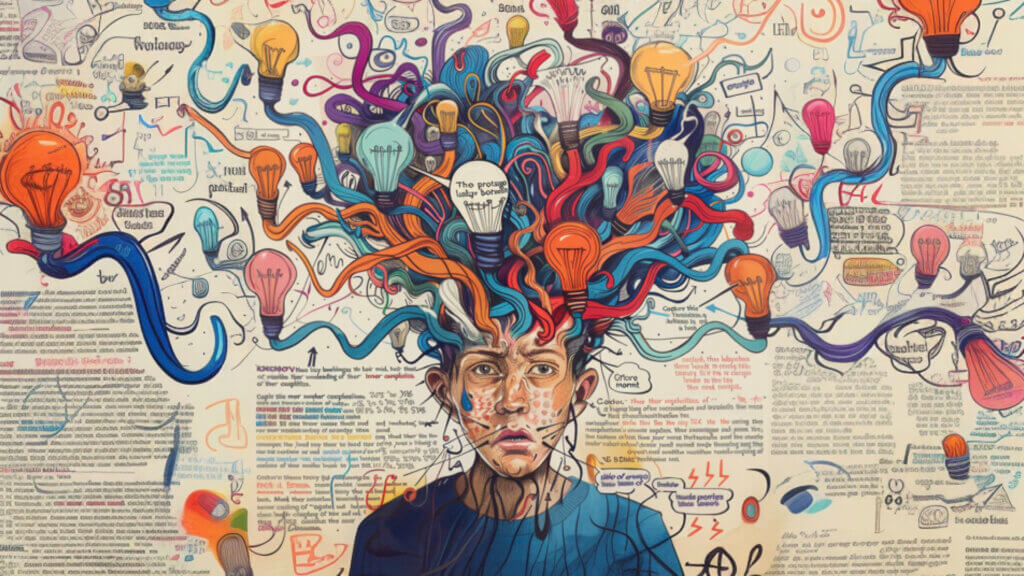
Especially for men.
As I wrote in 2010:
Here are my personal experiences and observations. Yours may be different.
Thoughts, emotions, and feelings
Our brains provide physiological experiences that we typically label as thoughts and emotions. Experiments show that thoughts and emotions originate in different places in our brains. Feelings are our conscious awareness of our emotions. Both thoughts and feelings give us information about the world.
Both thinking and feeling are critical activities that affect our behavior.
Most of us are aware that we’re thinking most of the time. What we’re often less good at is noticing how we’re feeling.
For example, during conversations we process what we’re hearing from others. We spend time thinking about how to respond. The feelings that arise when having more than a superficial conversation aren’t so obvious.
Noticing and talking about feelings
Most people are good at noticing facial and body language that telegraphs emotions. However, such observations may be largely unconscious. But even when we sense how someone may be feeling, we frequently don’t talk about their perceived emotional state.
Often, there are valid reasons for avoiding talking about feelings. Doing so may take a conversation to a level of intimacy that requires more time to explore than is available, or might be inappropriate under the circumstances. (Though, for example, telling a stranger that you’re sorry they seem to be having a hard day can be a small but highly positive action.)
These days, when I notice an emotional response during a conversation and it feels like an appropriate thing to do, I say something like:
“How do you feel about that?”
Then I shut up and listen.
And that’s when I often hear confusion about thinking and feeling.
Q: “How do you feel about that?” A: “I think…”
I lost count long ago of the number of times I’ve asked someone:
“How do you feel about that?”
And they responded:
“I think…”
The responder continues by analyzing the situation that evoked the feeling, completely sidestepping my request to name how they’re feeling. Even repeating my question—sometimes more than once—continues to evoke an “I think…” response.
In my experience, men are far more likely to respond this way than women. This may surprise you if you’re not a white, England-born, baby boomer like me, but until I was in my 20s I don’t remember anyone ever asking me how I felt! The thousands of words available to describe our feelings were rarely spoken to me or by me. I was given little to no opportunities or role models to introspect about how I felt, even though, like almost all human beings I’ve always been awash in emotions.
Consequently, I didn’t start asking “How do you feel about that?” until my 50s.
Given such socialization, is it any wonder that some people are confused about thinking and feeling?
Negative(?) feelings
I was sparked to write this post by a discussion topic offered for one of my men’s group meetings. (Yes, we’re all old white guys.)
‘Let’s take a look at our personal negative feelings. How do you experience negative feelings? Do you slide into depression? Do you feel “blah” and lose interest and energy to move forward? Do you retreat and “escape” from negativity? How are you able to recover from negative thoughts and spaces? Do you have a “recovery plan” that can lift you out of negativity?’
The phrase “negative feelings” immediately caught my attention. The phrase implies that some feelings, some emotional states, are negative. During the two meetings we discussed this formulation I said that feelings aren’t “negative”, because they are appropriate responses to experiences. For example, feeling sadness is appropriate when bad things happen, feeling anger is appropriate when injustice occurs, and feeling shame is appropriate when you do something you know or believe is wrong.
For me, using “negative” to describe certain feelings is a way to relegate them to “bad” or “avoid this” experiences. This allows us to excuse ourselves from exploring them. It can prevent us from fully accepting them as an important component of our lives.
The other members of my men’s group did not seem to be convinced by this point of view. They talked mainly about ways to escape or move on from negative feelings. While I, too, make choices that are likely to change how I’m feeling—listening to music I love is a favorite—I try to notice how I’m feeling, sit with it, and perhaps, explore what I can learn from how I’m feeling.
Historical and current perspectives on the importance of thinking and feeling
In 1637, René Descartes famously wrote “Cogito, ergo sum“, “I think, therefore I am.” Thinking was everything.
His contemporary, the philosopher Baruch Spinoza, popularized in this century by the neuroscientist António Damásio, challenged Descartes’ view, persuasively emphasizing the perspective of “I feel, therefore I am.”
Perhaps a better formulation is, “I think and feel, therefore I am.”
The other day, one of my meditation teachers ended her daily session with the words:
“May all beings find peace in their hearts.”
“May all beings find wisdom wherever it may be found.”
Helen Narayan Liebenson
I interpret this as a desire to find peace—a feeling state—and wisdom through our thinking and feeling.
What are your experiences of thinking and feeling?
Were you socialized to ignore or minimize experiencing your feelings?
Do you find that women are more likely to be aware of and talk about their feelings?
What are your experiences? I would love to hear perspectives (especially from women). Please share your thoughts and feelings in the comments below!


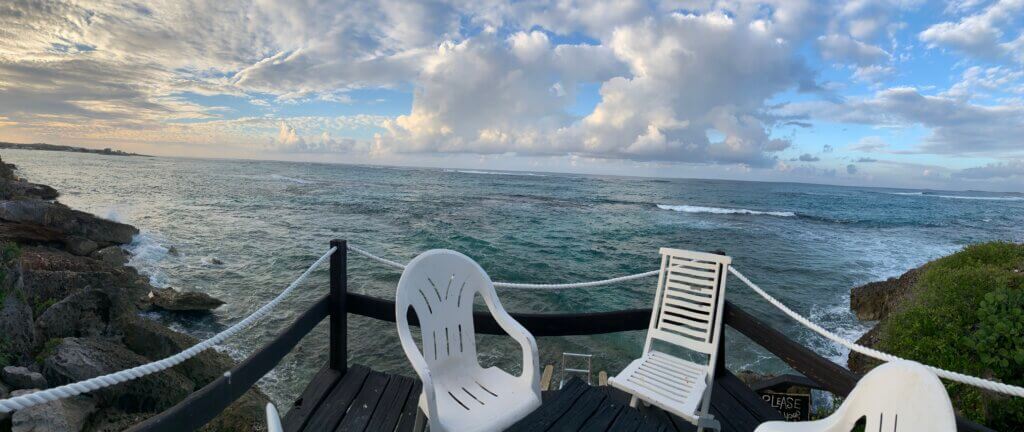
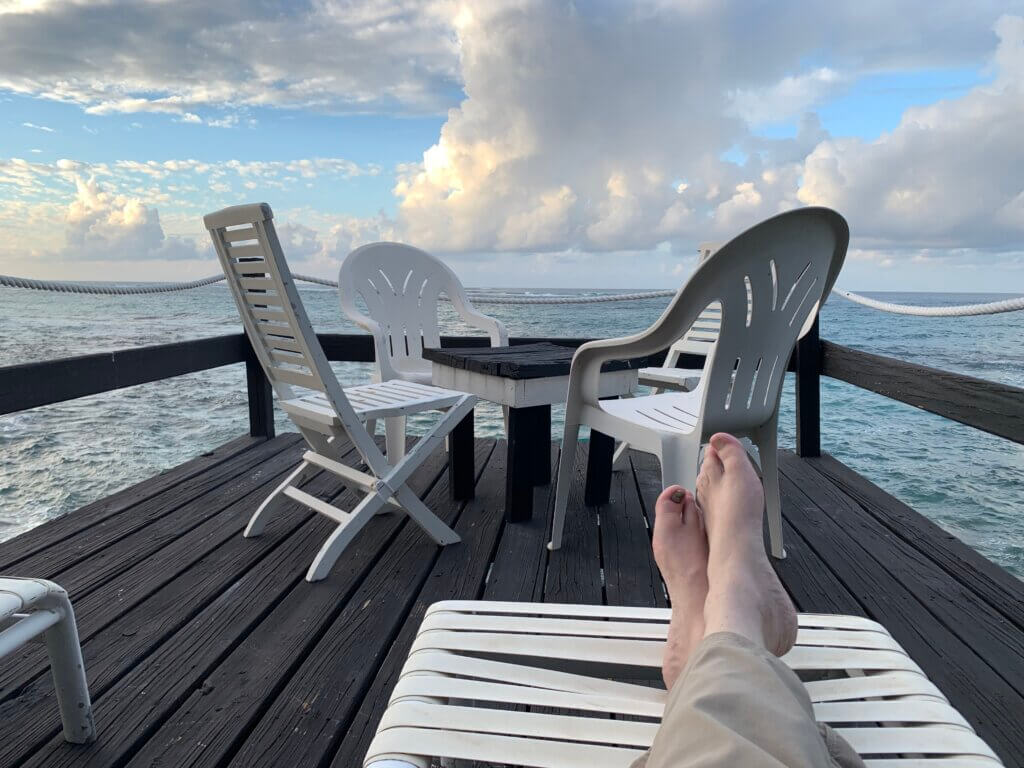

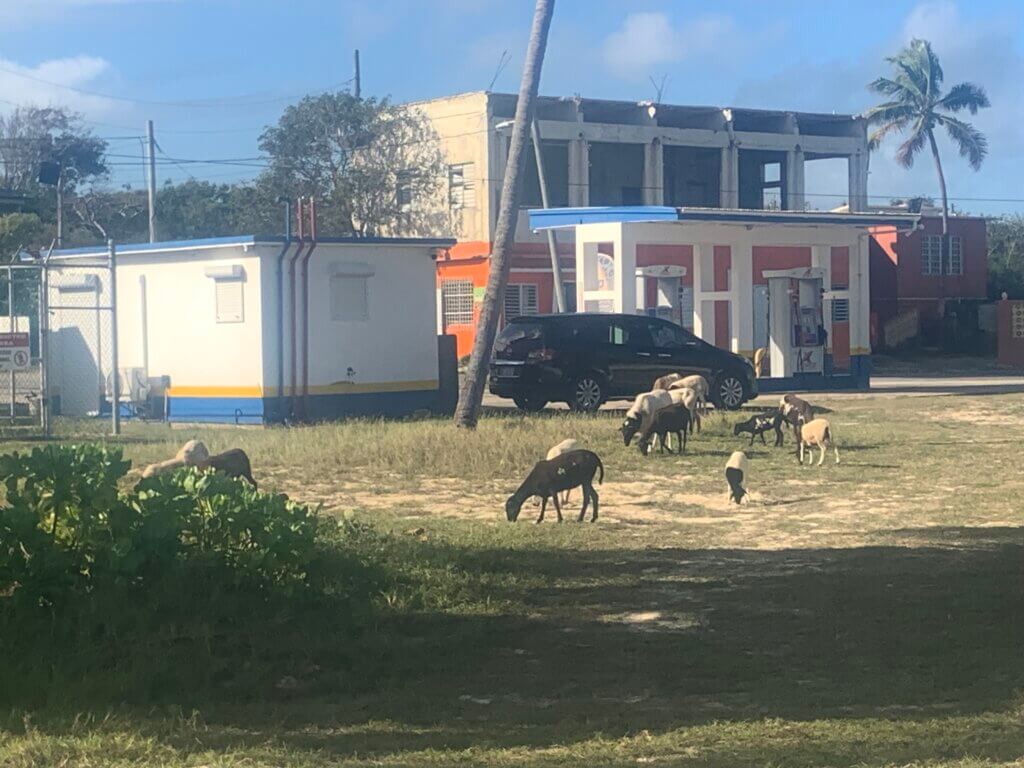
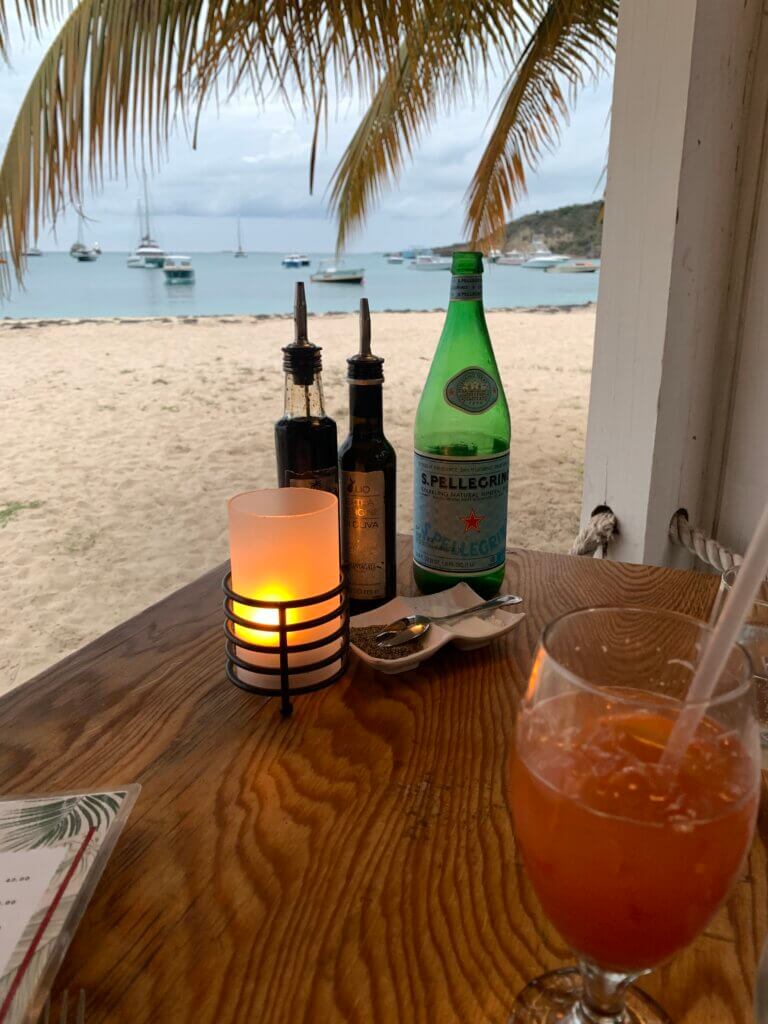
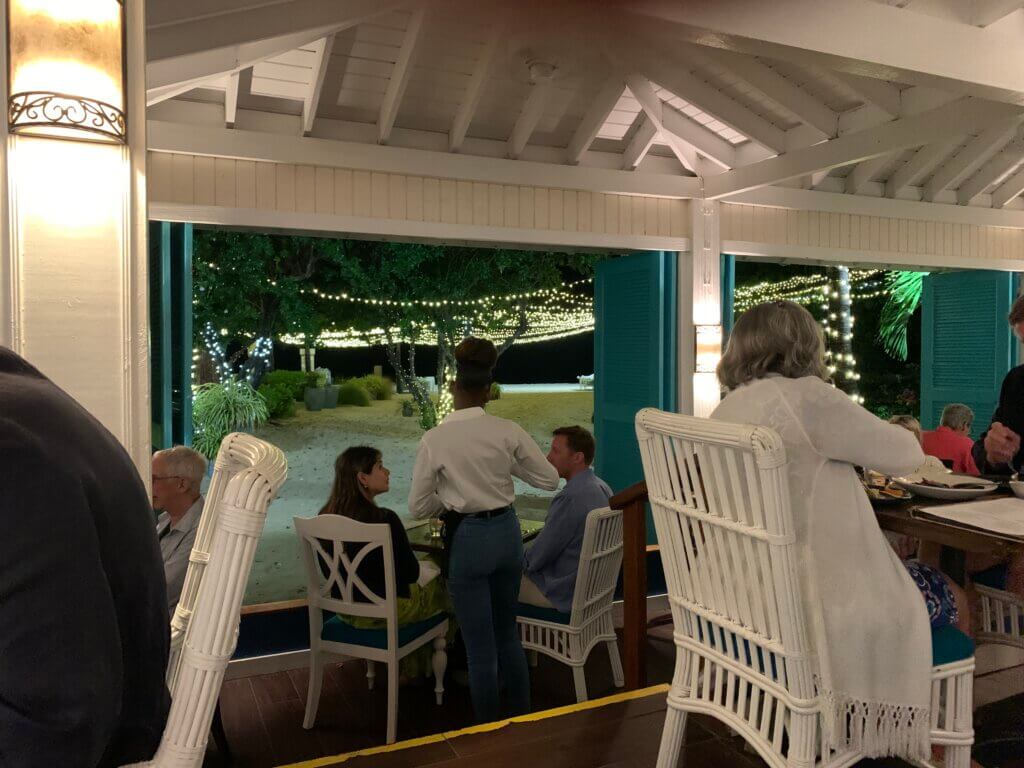
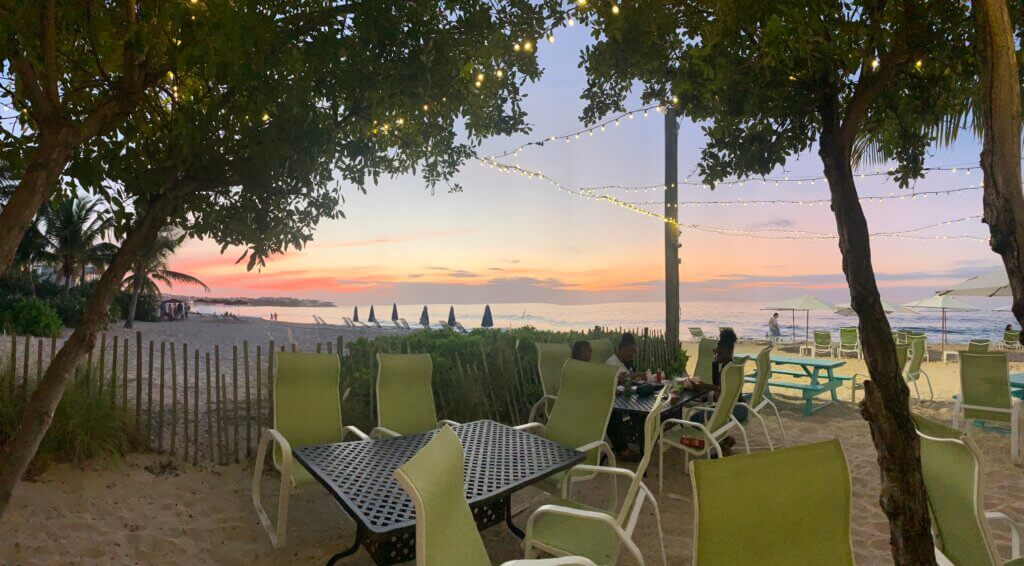
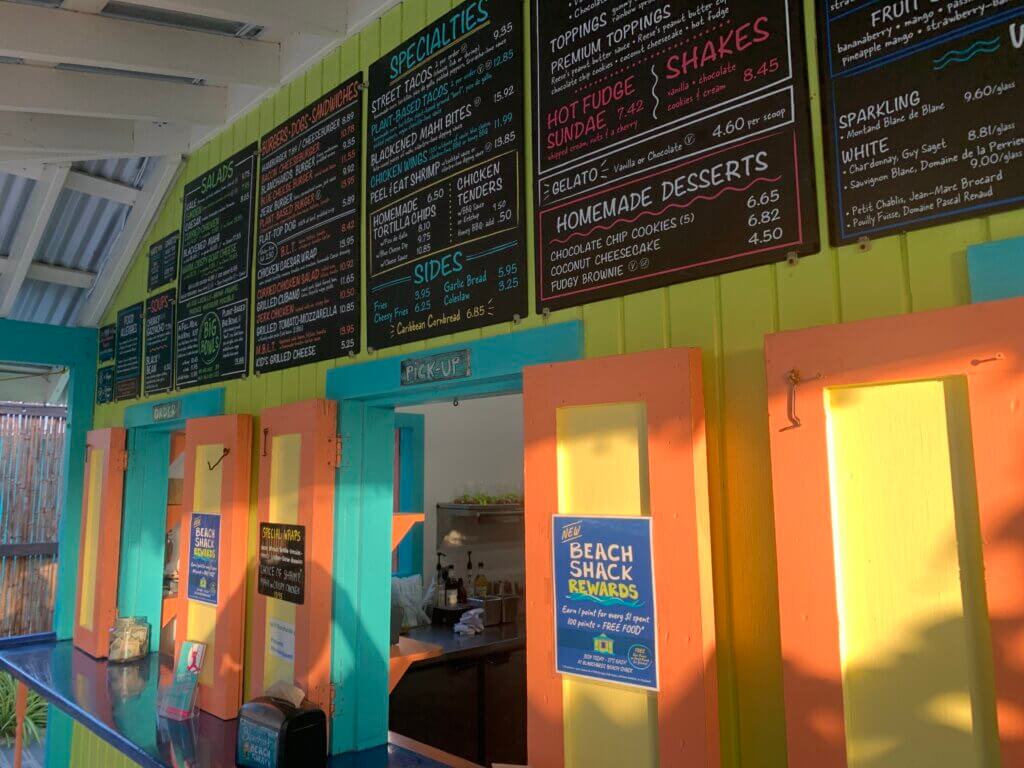
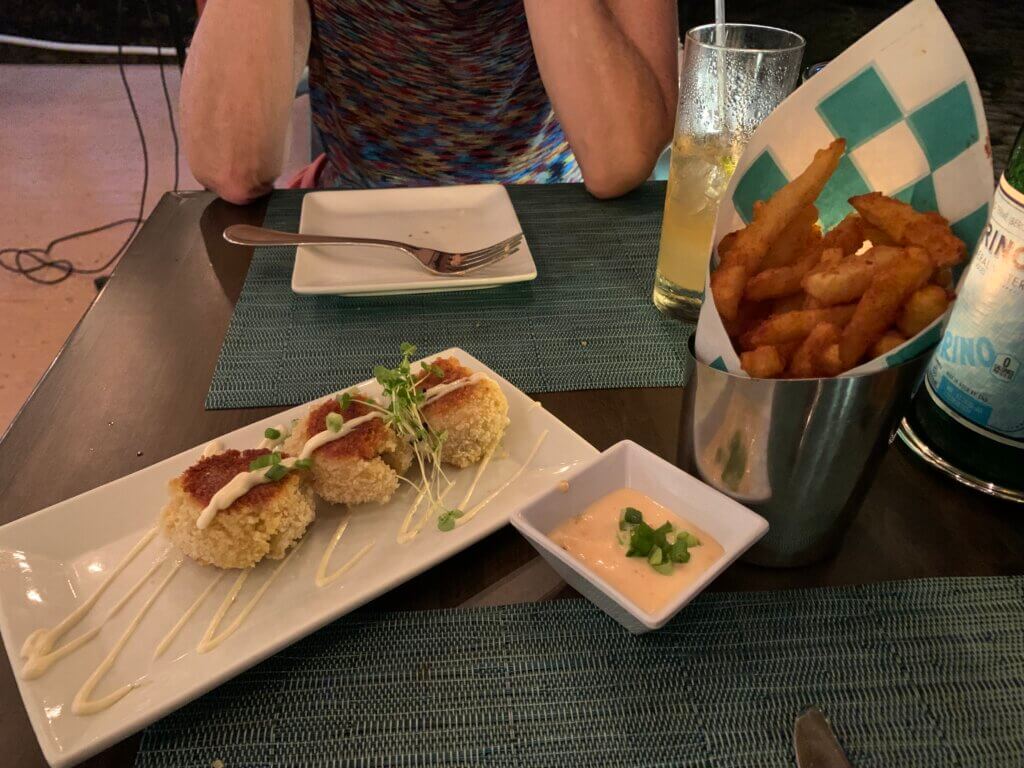
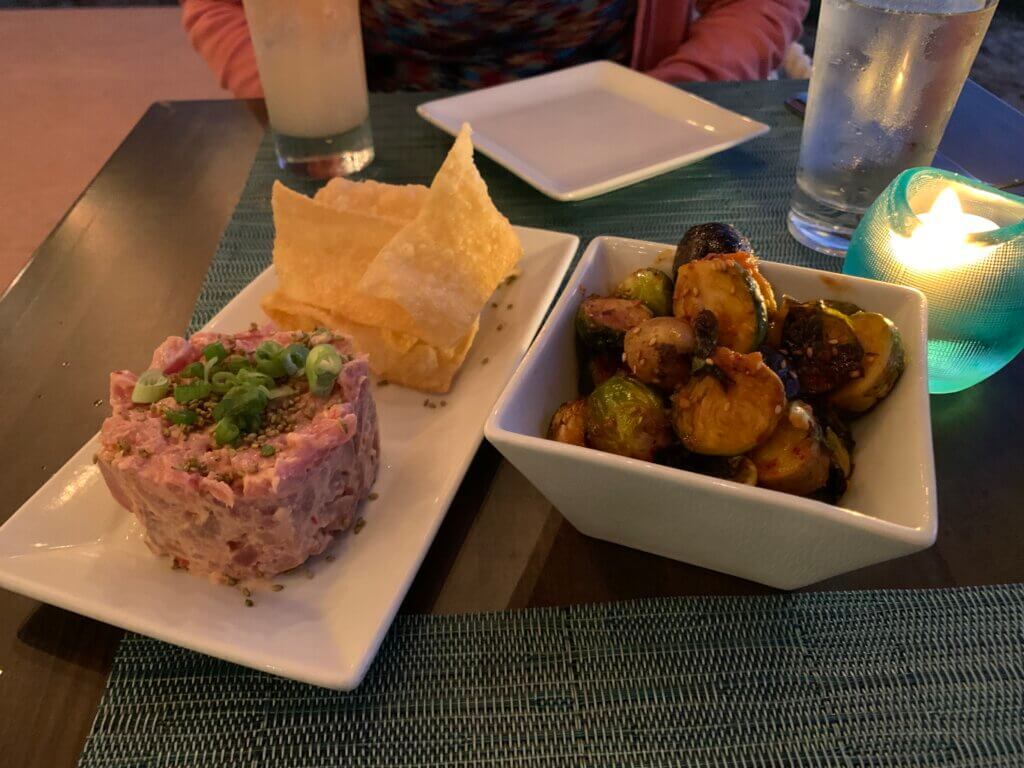

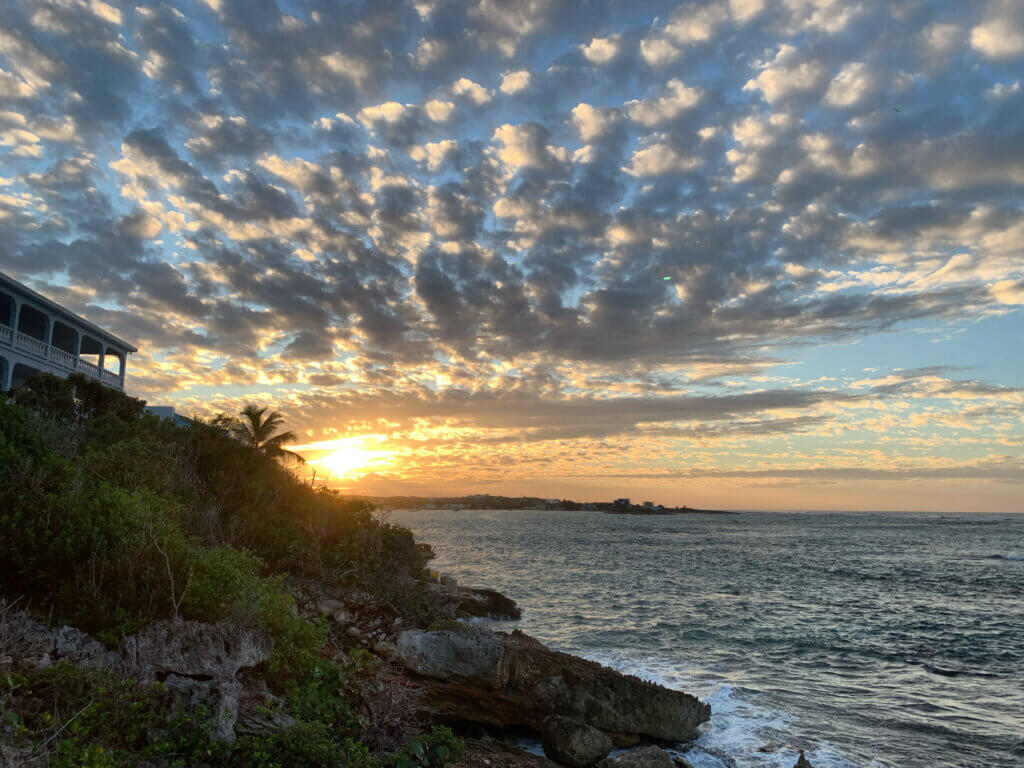
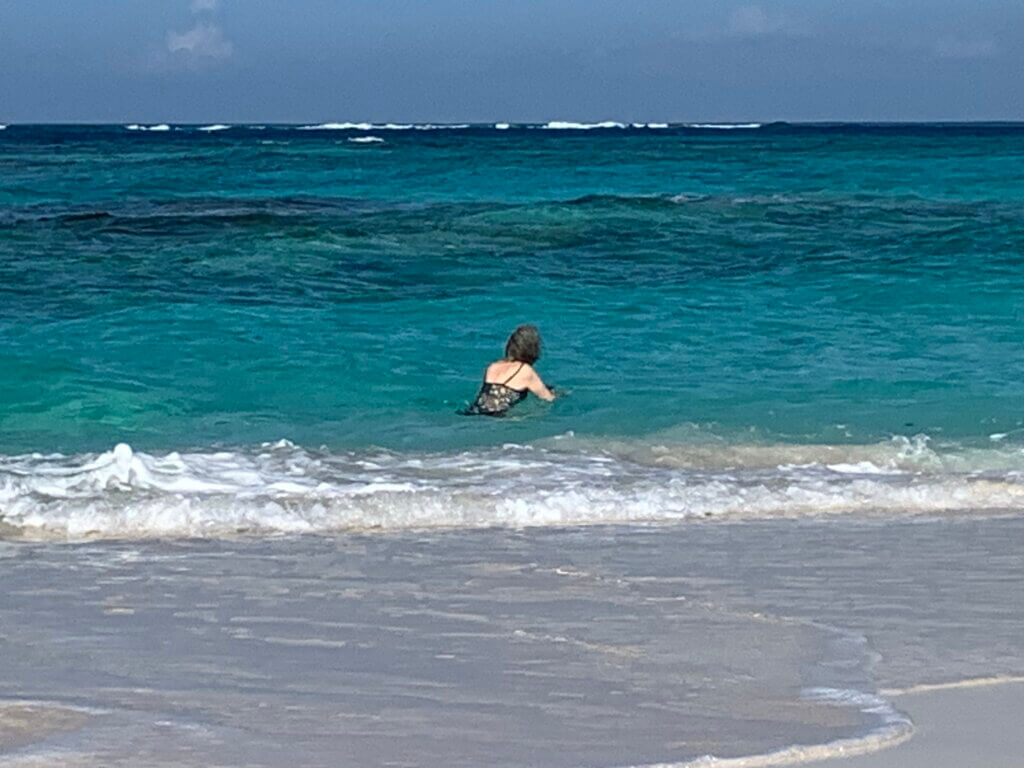


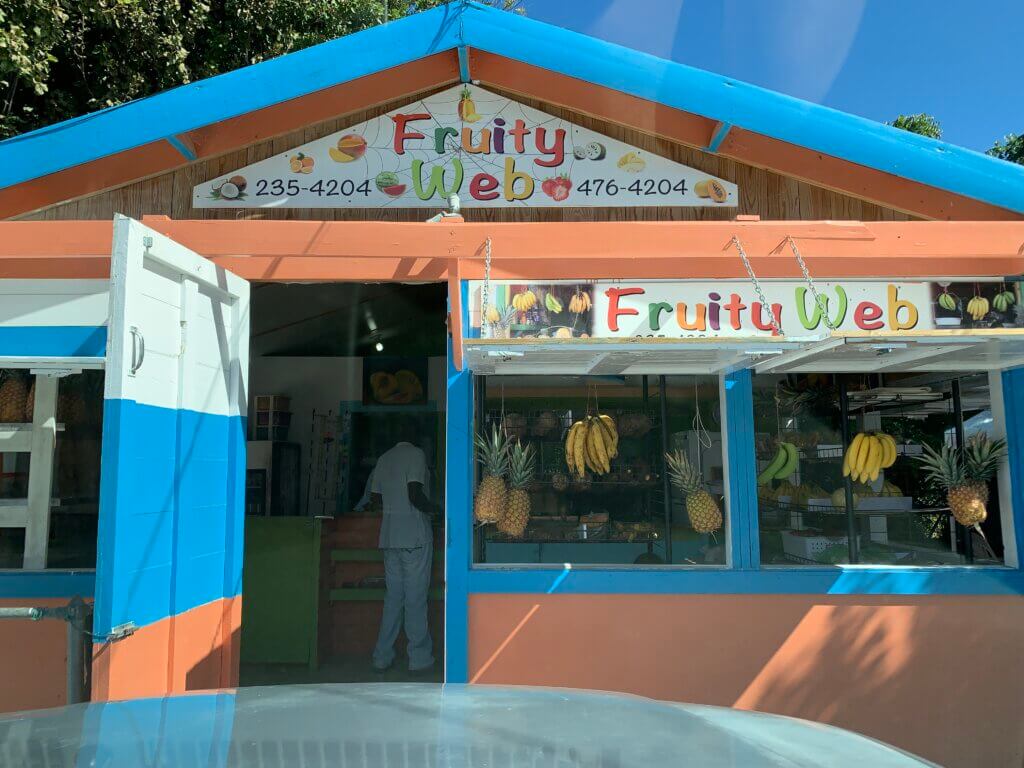
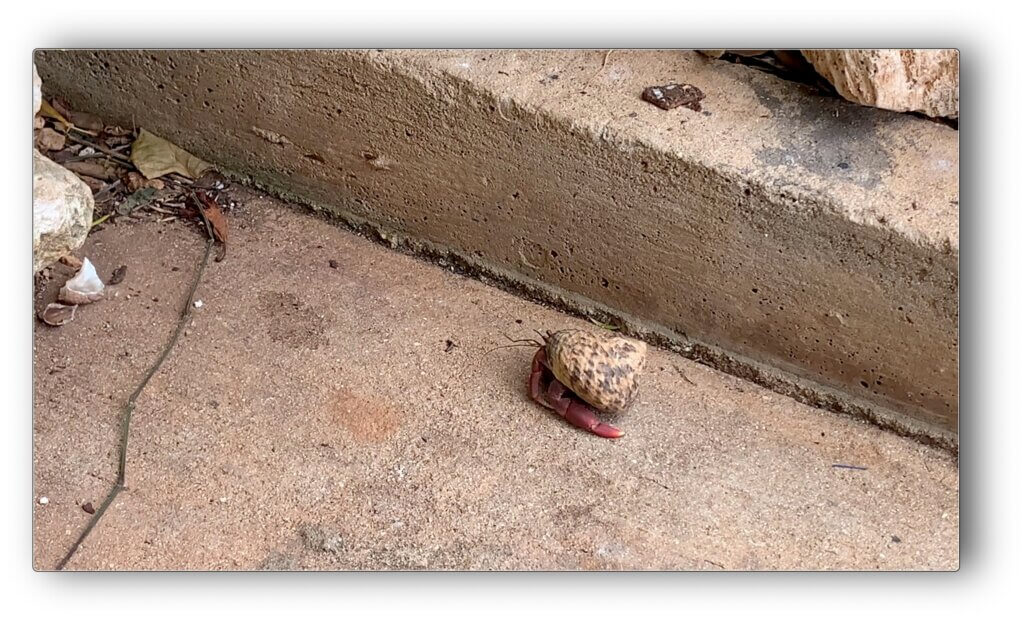 They’re called
They’re called 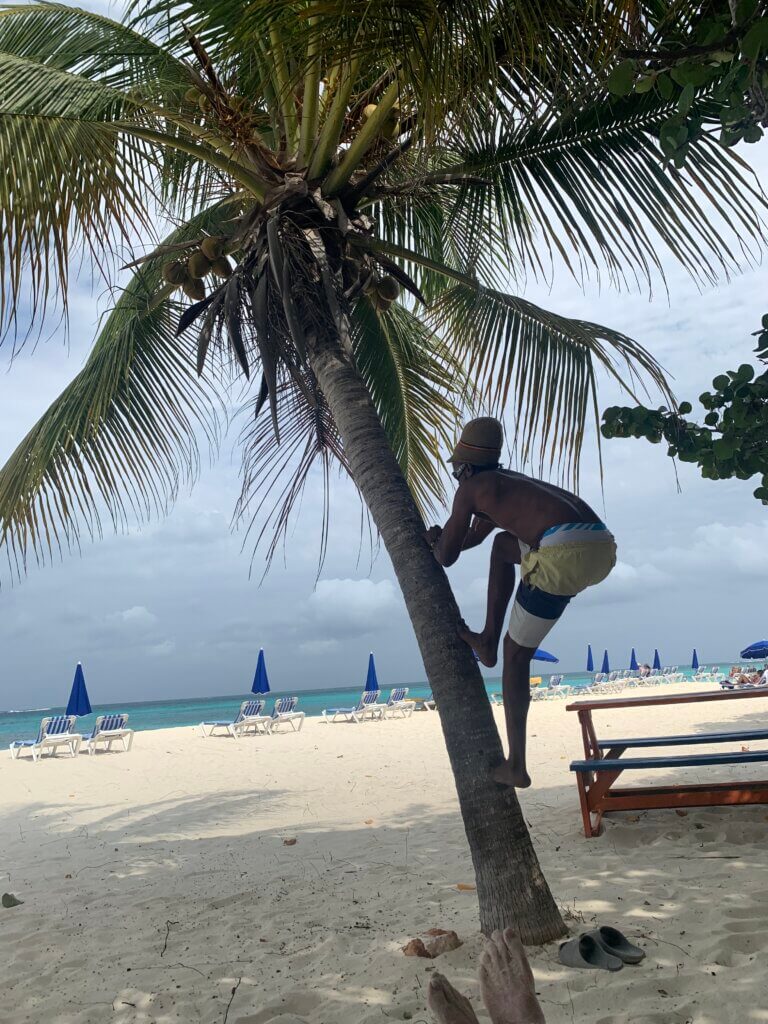 …and chopped down a coconut.
…and chopped down a coconut.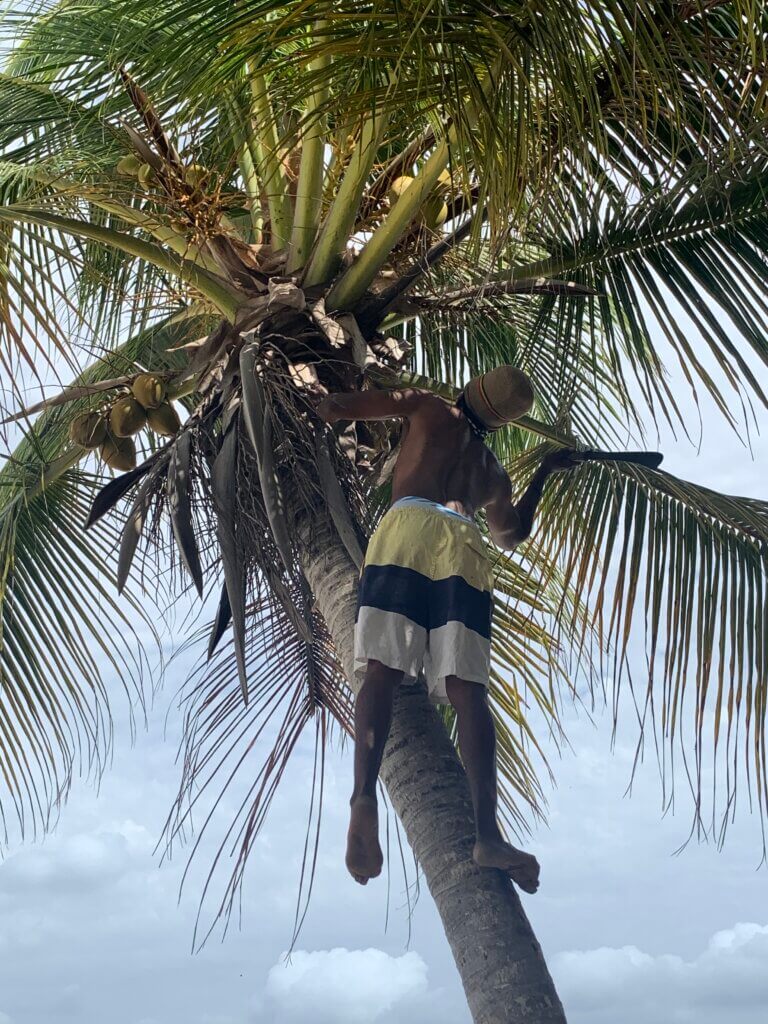
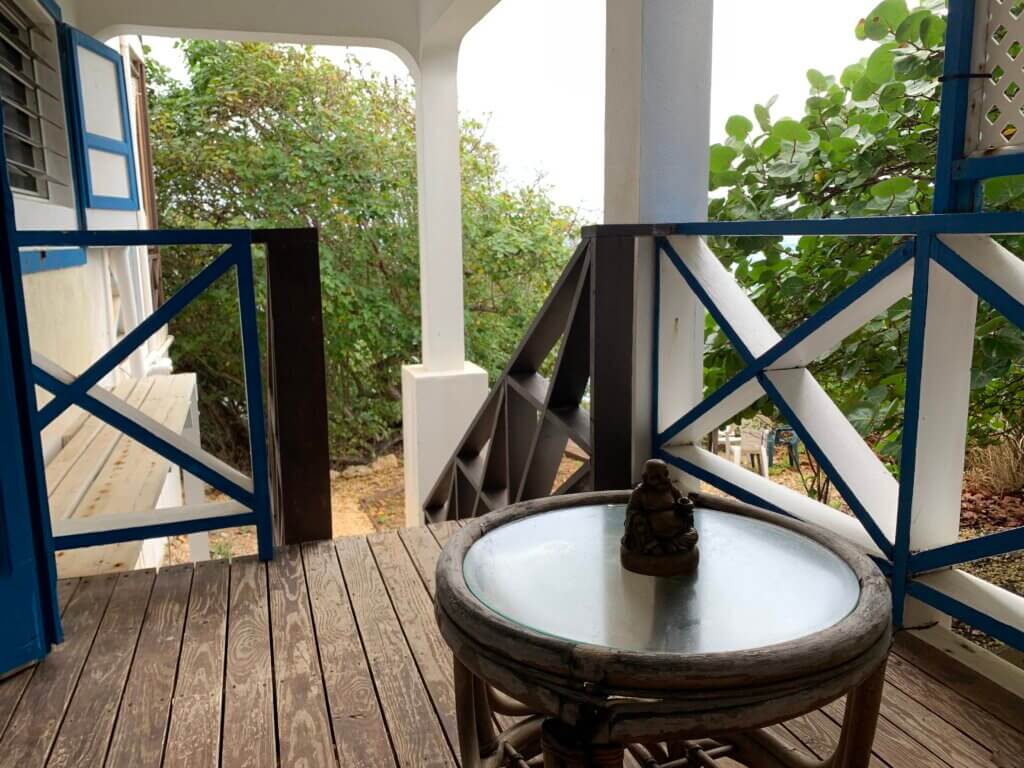
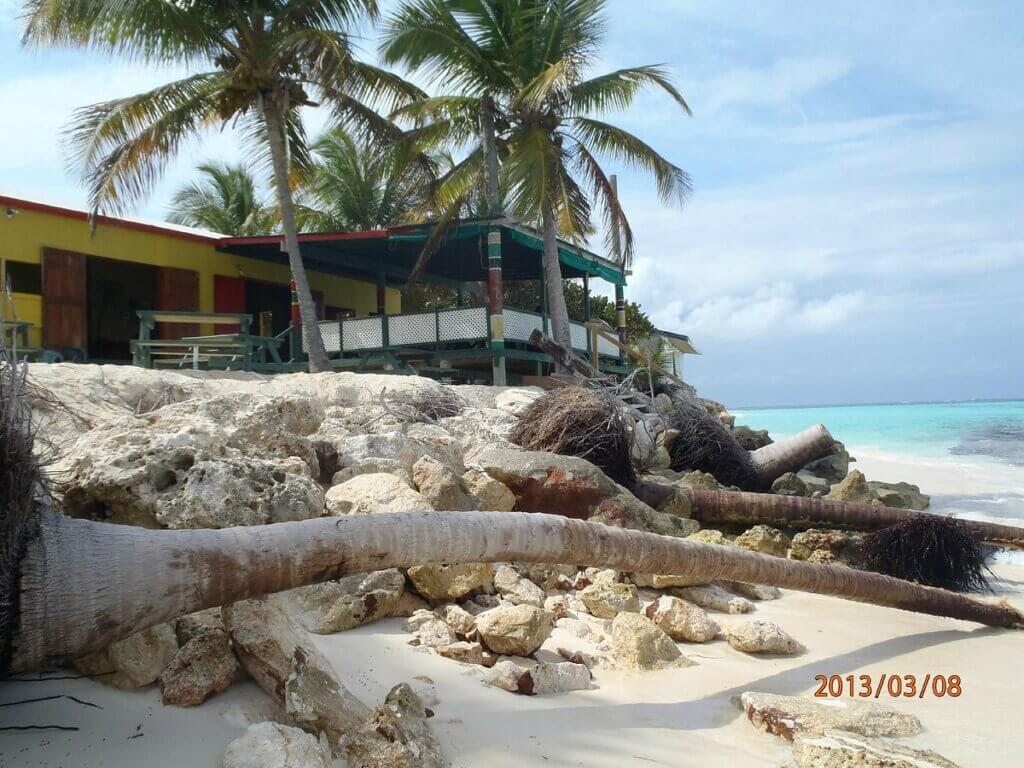

 …and moved to the U.S. the same year.
…and moved to the U.S. the same year.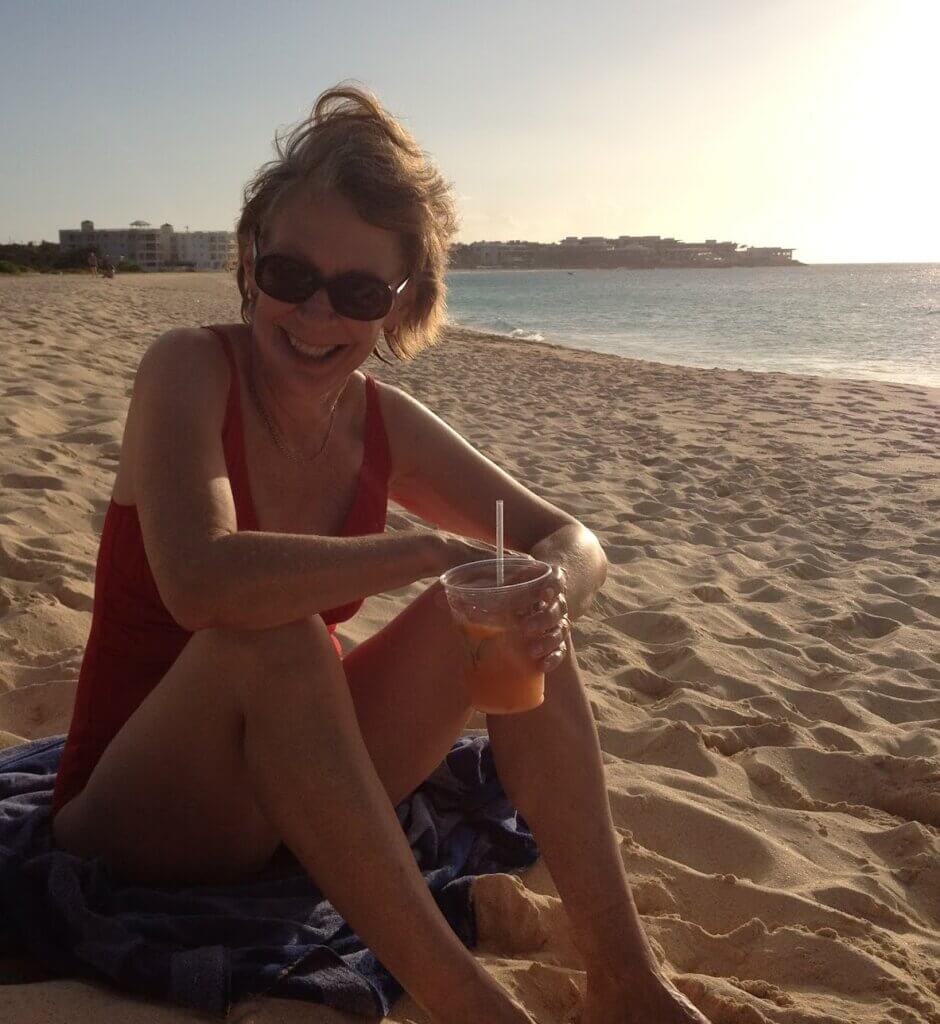



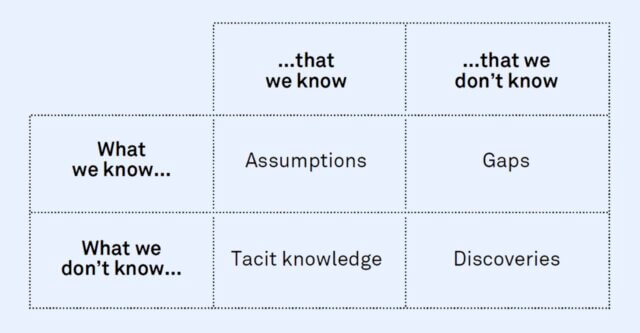
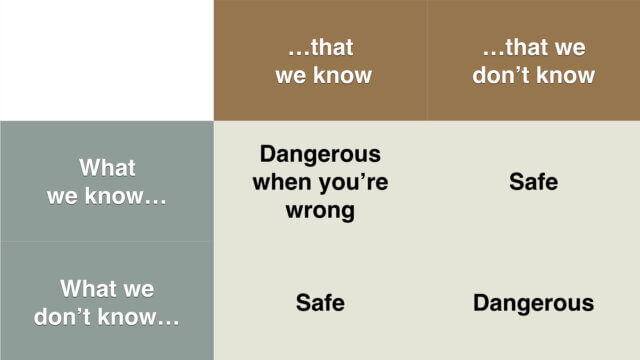
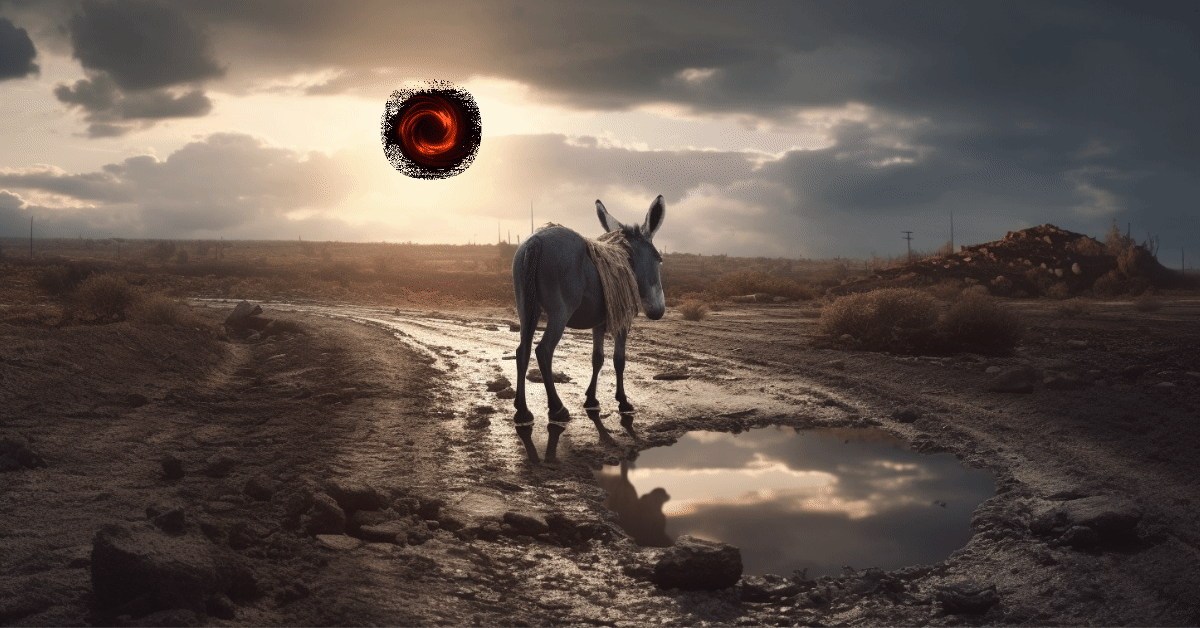 Here are my suggestions on how to handle three kinds of metaphorical holes.
Here are my suggestions on how to handle three kinds of metaphorical holes.
 Thankfully, unless faster-than-light travel becomes possible, you’ll never have to interact with a physical black hole.
Thankfully, unless faster-than-light travel becomes possible, you’ll never have to interact with a physical black hole. 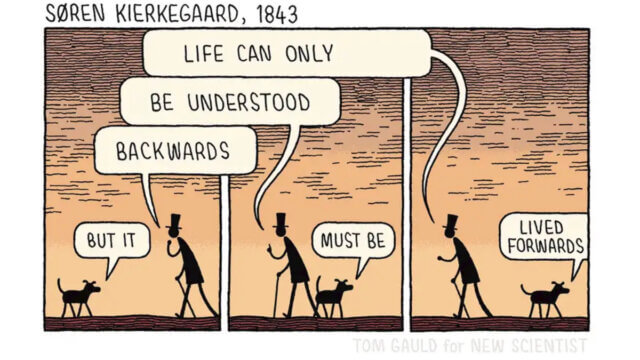
 During a recent meditation session, teacher
During a recent meditation session, teacher 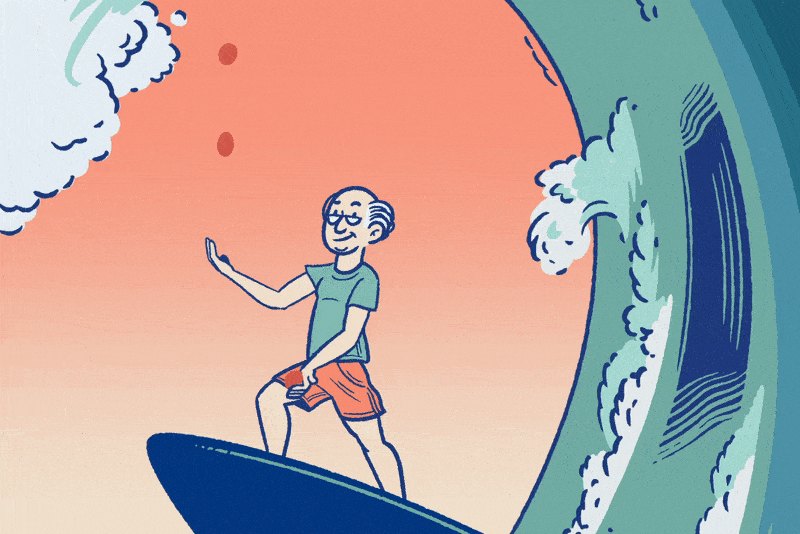
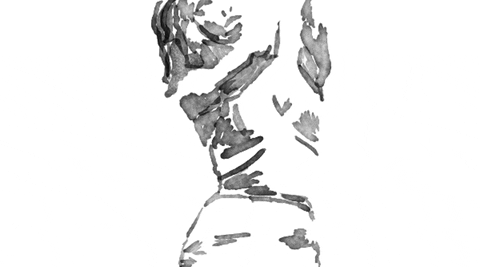 Yesterday,
Yesterday, 